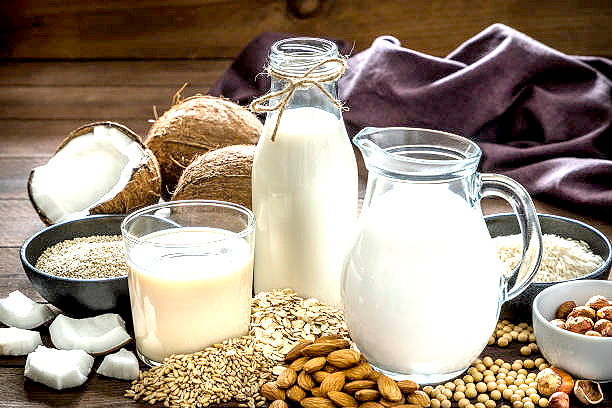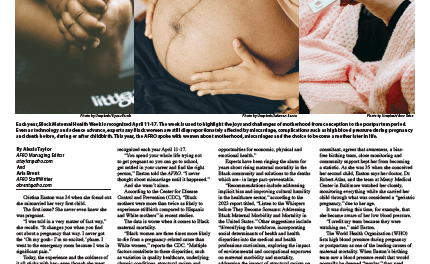by Ty McDuffey
Itchy red patches on the skin have several ways they might arise. Bug bites, poison ivy, and eczema are just a few of the many skin problems that may arise. Skin problems can be a nuisance. While there are many topical products and laser treatments on the market, there’s also one shift you can make at home that can help out your skin. Removing dairy from your diet can potentially clear up acne and give your skin a glow.
How does eliminating dairy help your skin?
Eliminating dairy from your diet can enhance skin texture and tone. Eliminating dairy can improve skin conditions like acne and rosacea. Skim milk causes the most skin problems because of the whey protein, hormones, and sugars. It will take about two to three weeks to see a difference in your skin if you choose to remove dairy from your diet. There are many vegan substitutes on the market that you can enjoy if you try to cut dairy.
The most significant irritant of the dairy food group is skim milk. Getting rid of foods like milk, cheese, and ice cream is a terrific way to give your skin a boost. Cutting dairy may improve skin texture, skin tone, and acne.
Whey protein, specifically in skim milk, is pro-inflammatory and can lead to inflammation, manifesting as acne and rosacea. Beyond the whey protein, occasionally skim milk has problem-causing hormones that can irritate your skin.
Cow milk may have hormones that also can contribute to acne and inflammation.
Skim milk has added sugars that can cause acne flares. In addition to the protein and hormones found in skim milk, its sugar content can also cause skin troubles. Skim milk has more sugar in it than whole milk.
The increased sugars lead to a higher glycemic index. Foods with a high glycemic index are known for flaring acne, so staying away from skim milk may help control these flares.
Even though skim milk is a major culprit when it comes to skin problems, dermatologists agree that eliminating all dairy can help your complexion.
One study found that individuals who repeatedly ingested added sugars had a 30% greater risk of developing acne, while those who regularly ate pastries and cakes had a 20% greater chance.
If you cut out dairy, it will take time to see the effects. It’s essential to keep in mind that you won’t see any significant differences in your skin overnight if you choose to cut foods like milk and cheese from your diet. It takes roughly two to three weeks to see progress in your skin once you remove dairy from your diet and allow your body to detox from it.
How to alter your diet
There are many vegan options to replace your favorite dairy foods and drinks. There are vegan cheese, vegan milk, and even vegan ice cream replacements on the market.
Though there isn’t much definitive proof to show a strong connection between a plant-based diet and an eczema cure, some pilot studies have shown that a diet without animal products can be hugely advantageous. Some vouch that a raw, vegan diet is the solution to eczema.
Of course, drastically altering your diet is no easy feat.
Most people grow up eating the basic four food groups:
- Meat,
- Milk
- Bread
- Produce
Finding the right balance between animal-based and plant-based foods may take time and experimentation. A healthy and eczema-free diet may include:
- Small amounts of meat
- No dairy
- No cane sugar
- Lots of whole grains
- Lots of beans
- Lots of produce
Conclusion
For some, a non-dairy diet may help cure skin problems like acne and eczema. Consult with a doctor before making any major changes to your diet.











